Character
Pure bred felines usually find new homes very soon, some flaws in their character are overlooked. Nice looking ones or very friendly ones go relatively fast as well. It is more difficult for ordinary looking kitties with (maybe) extraordinary personalities to get a second chance.
A cat should not be growling, hissing or display aggression towards a human. Feral and semi-feral cats do this, as well as mishandled ones. Such cats need time and patience, as they need to learn to trust you.
Fearful cats is another topic. Fear can indicate a lot, but most probably a cat was either not properly socialized as a kitten (including feral cats), or it lived constantly under stress/harassment, for example, it suffered abuse or it comes from animal hoarding. Such cats usually hide away for hours, coming out only to eat and (maybe) toilet. They are afraid of any sharp movements, loud sounds and alike. Again, these are cases for experienced cat owners.
I would think twice before taking on a cat which displays excessive fear or aggression. You may be told by the previous owner that such behavior is only temporary and as soon as a cat gets used to you it is going to change. Yes, it is possible, but there is much higher chance that everything will remain similar to how it is, with minor improvement only. By the way, aggression can also be a reaction to certain medical problems and related to pain.
Rough play is something undesirable as well, luckily, this habit can be changed. Try playing with a cat you want to adopt. A cat should not “attack” your hands or feet, to start with; it should not jump on you when you are walking or bending down, stalk you or use you as a scratching post. Biting is out of question as well.
Rough play is one of the signs that a kitten has been taken away from its litter too early, without proper socialization. Kittens learn the boundaries of biting and scratching when they play – they attack each other, and when one uses too much force, the other one bites back or gives a sharp vocal signal. If a kitten is adopted early enough, it might transfer this “playful” behavior onto the owner – which does not bite back and show where the limits are. For years.
What can you do to save yourself? Well, you must not encourage such behavior first of all. You can make a loud sound or clap your hands when a cat starts being too rough. I always make a high pitched “meow” sound when the boundaries are ignored, like another cat would do – this helps every time. You can try that with the cat you want to adopt; if the cat stops its rough behavior after you have “told” it to, then it will most probably shed the habit quite soon and you will have no further problems.
Reasons why a cat is put for adoption
… or reasons why a cat ended up in an animal shelter. There is a myriad of different life situations that may lead to a decision to give up one of the family members. Most common ones are:
- an owner is/became allergic to cats or cat hair;
- an owner died;
- family is expecting a baby (or another baby);
- a female cat had an unplanned litter;
- cats in the household do not get along with each other;
- an owner is incapable of keeping a cay anymore (animal hoarding, financial problems, job changes, moving abroad or moving to a place where animals are not allowed, such as a care facility);
- a cat has bad habits (aggressive behavior, scratching furniture, a male cat marking territory);
- an owner has no time for a cat anymore. This could mean anything, including a cat being seriously ill. Some irresponsible adoptions also fall in here, for example, a kitten was gifted to the owner, and he/she did not want it; a kitten grew up and it is not anymore interesting for the children; the owner thought that keeping an animal would be much easier, and so on.
Whatever reason is provided, there is a risk that it is not the real one, especially when it comes to bad habits or illnesses; these tend to be masked under “having no time”. Eventually you should judge by the cat (appearance, behavior) whether it is the right one for you or not.
(continued in Part 5)


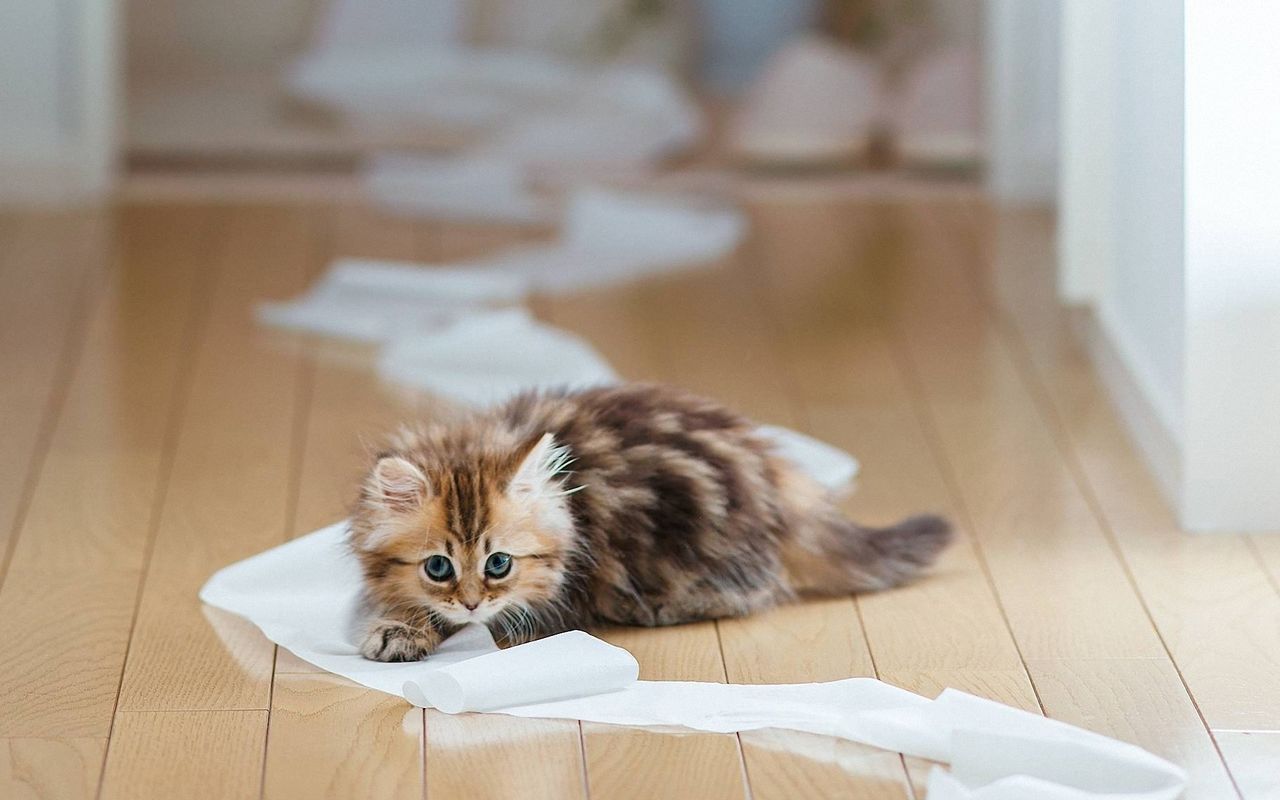
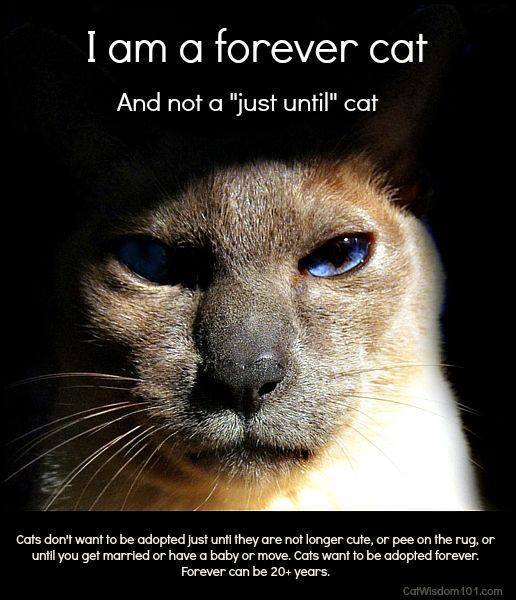

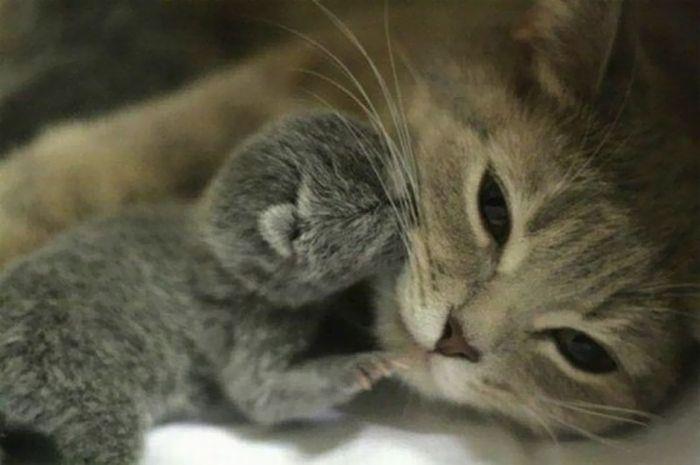


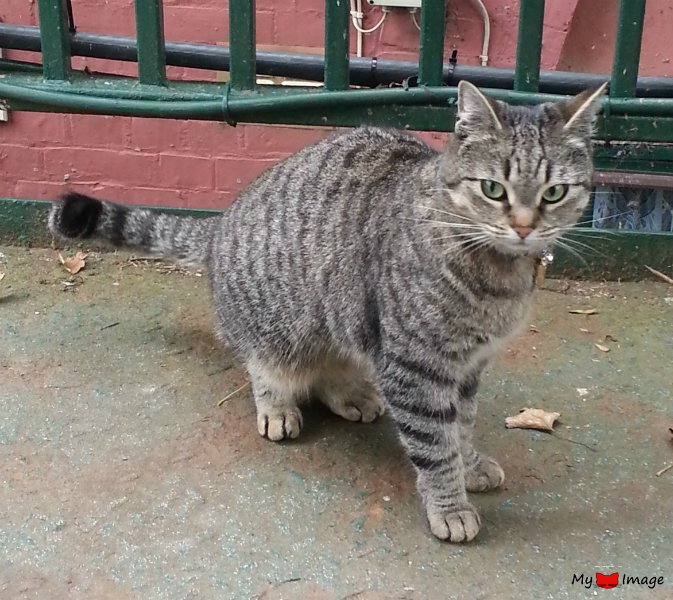
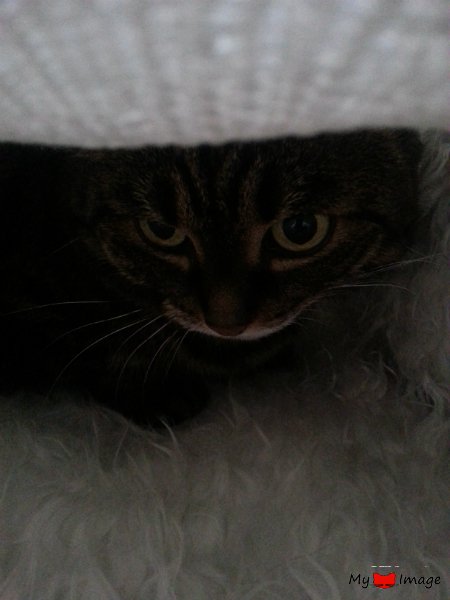
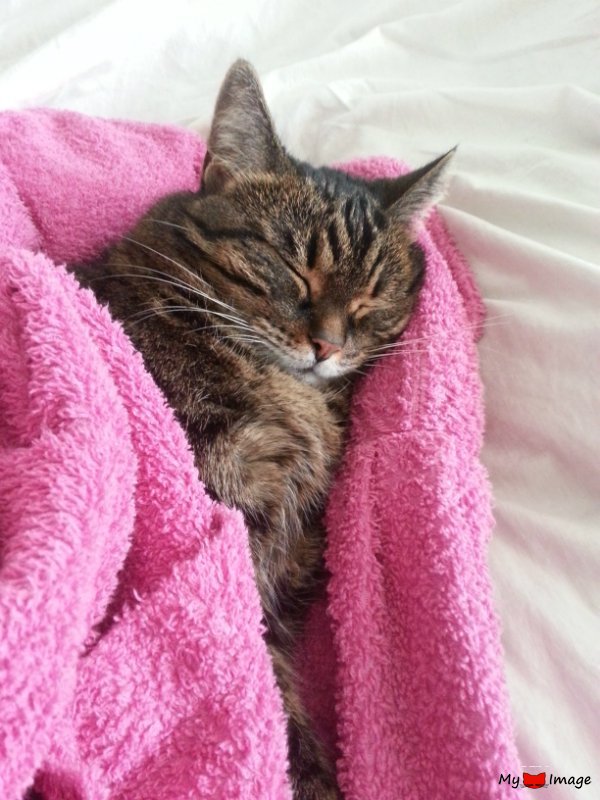
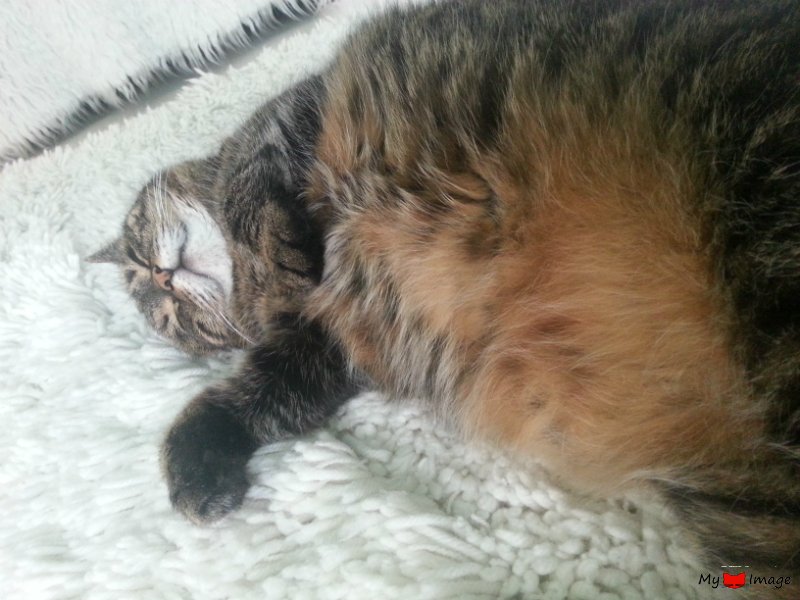
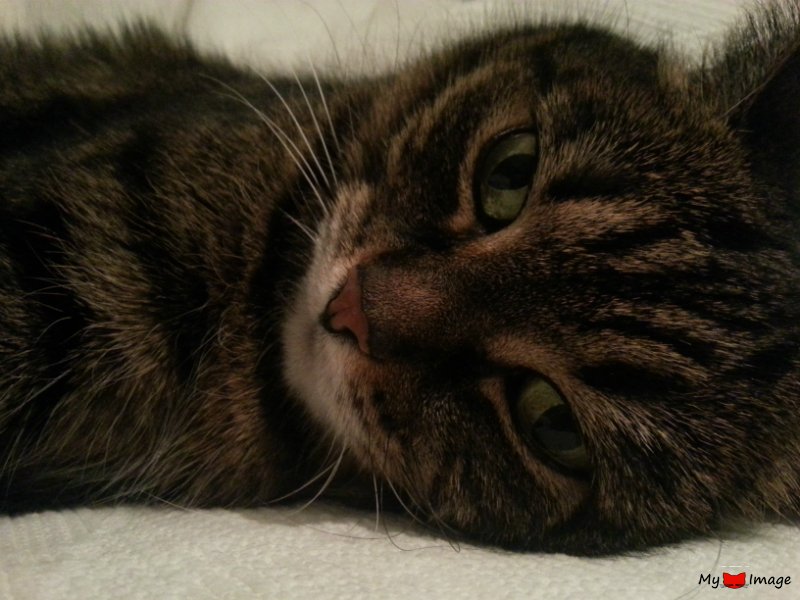
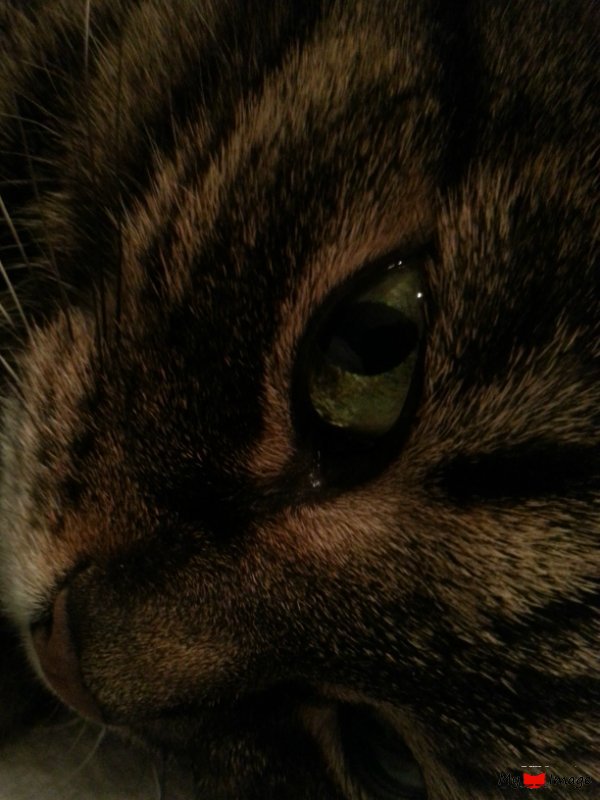

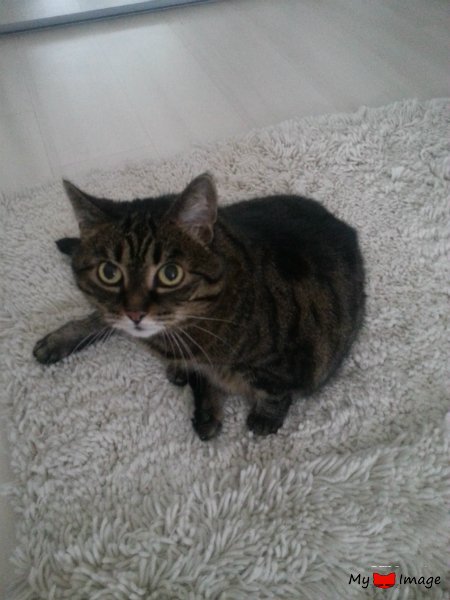

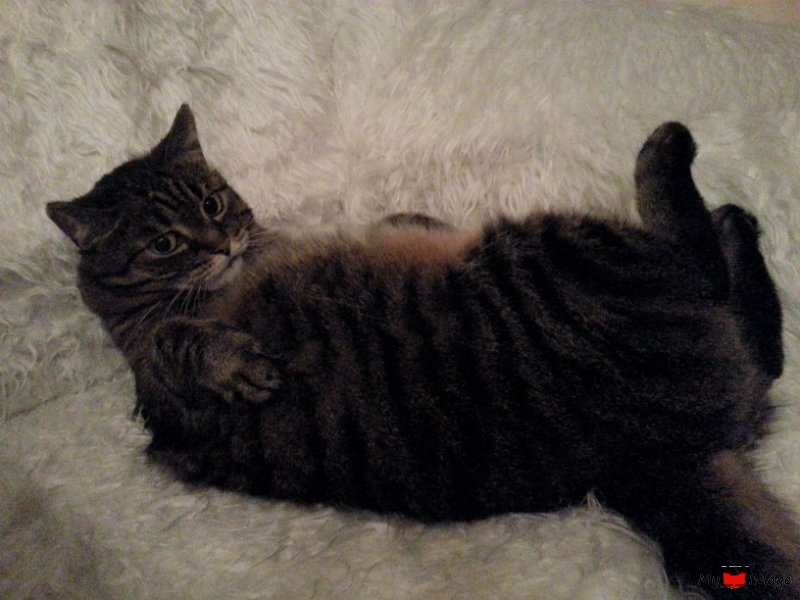

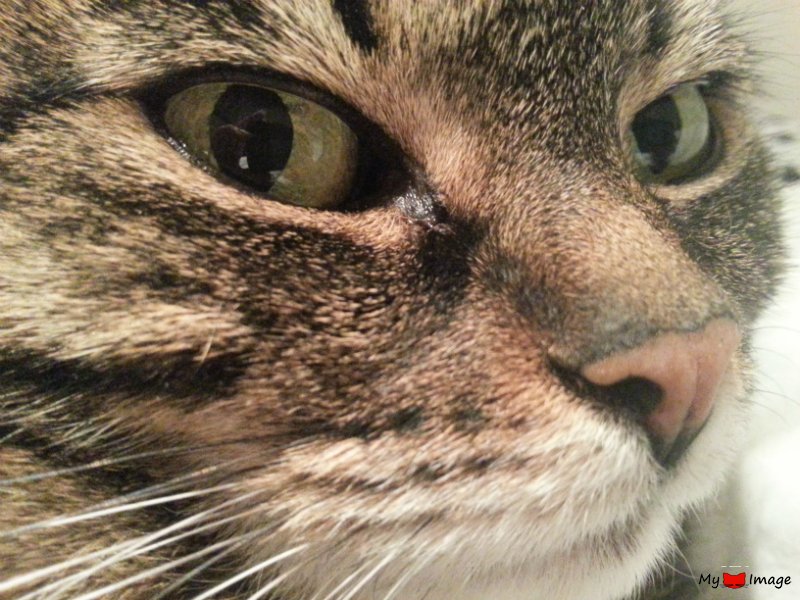
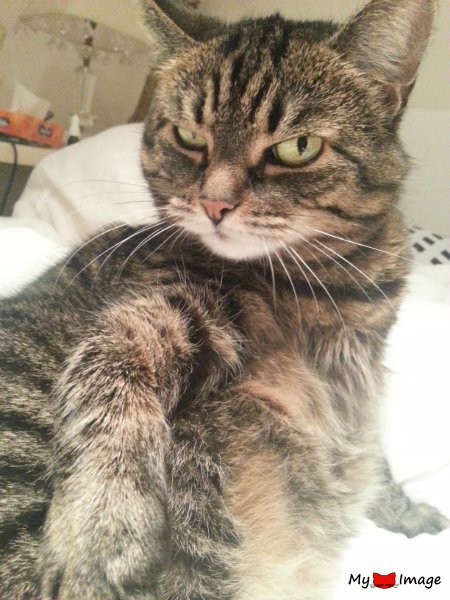
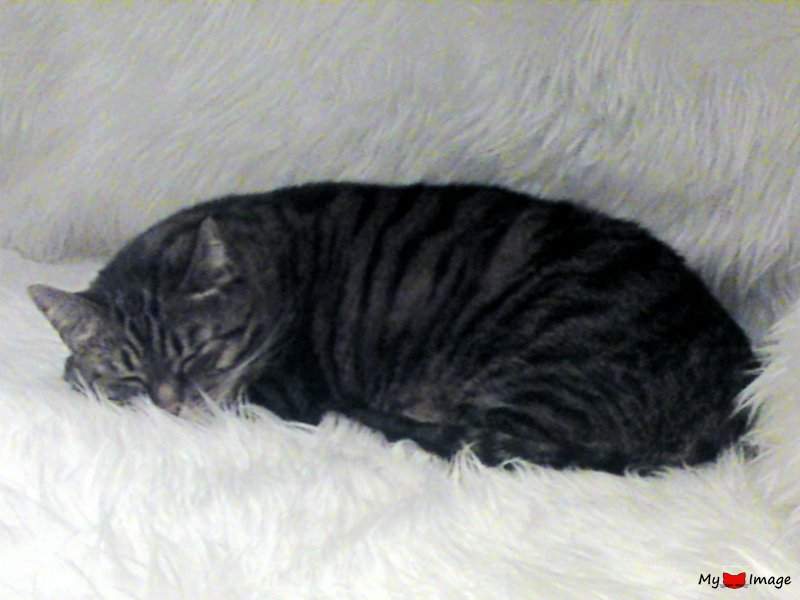

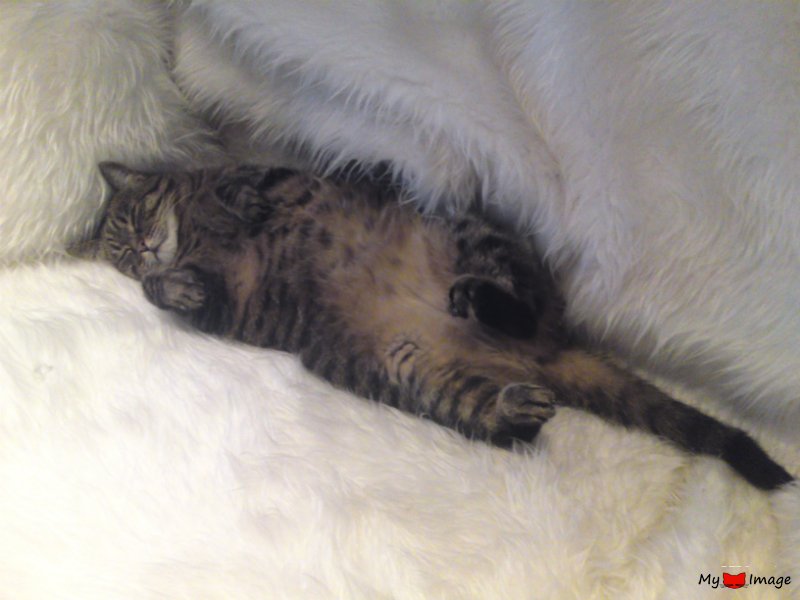
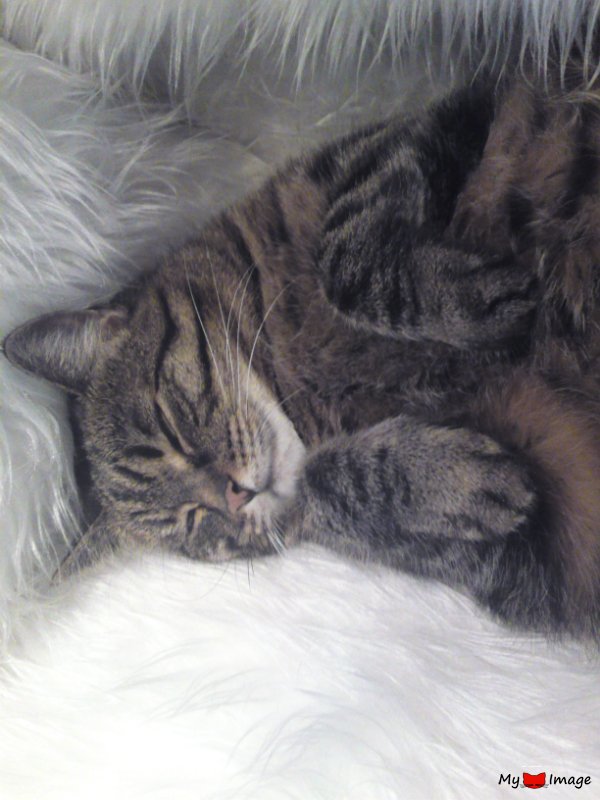

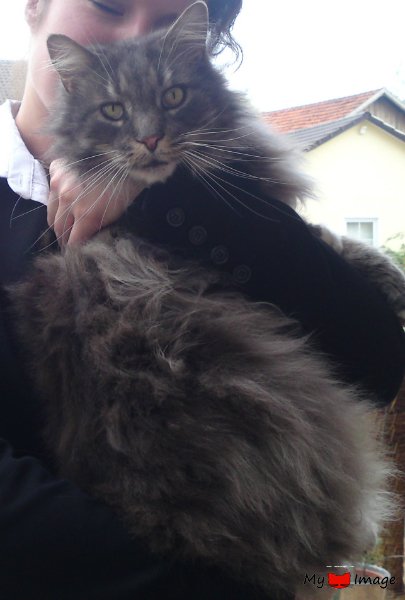
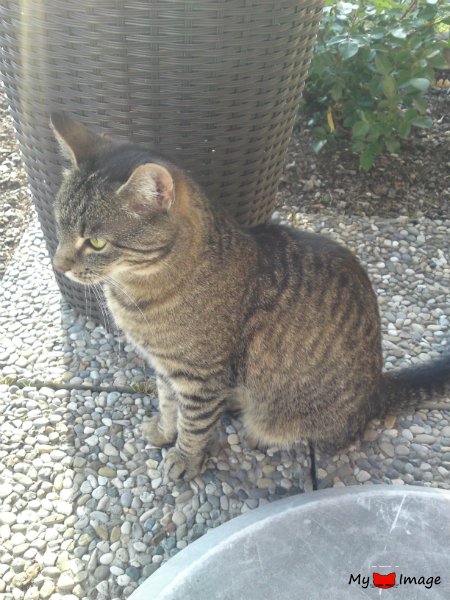
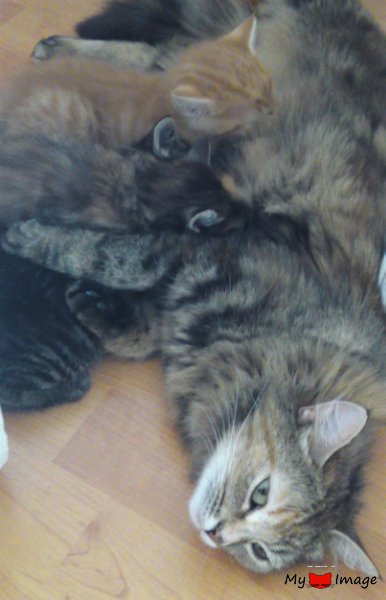
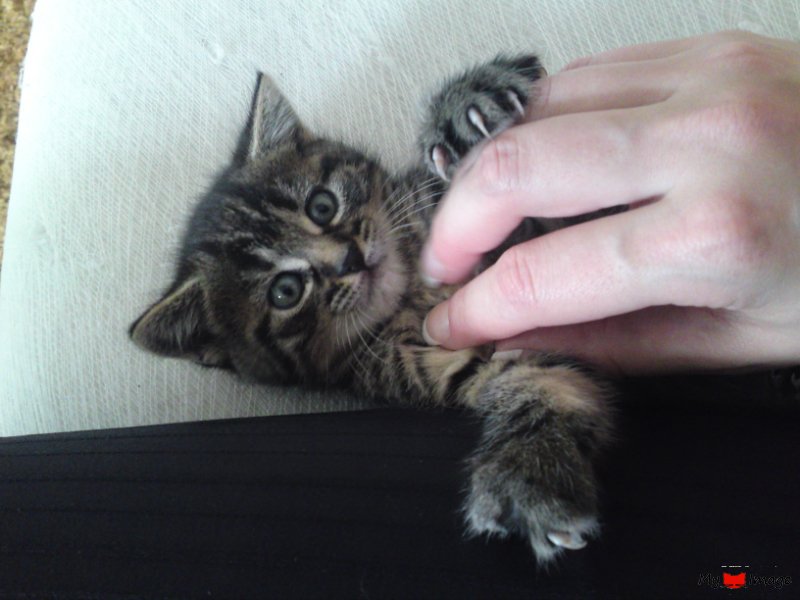
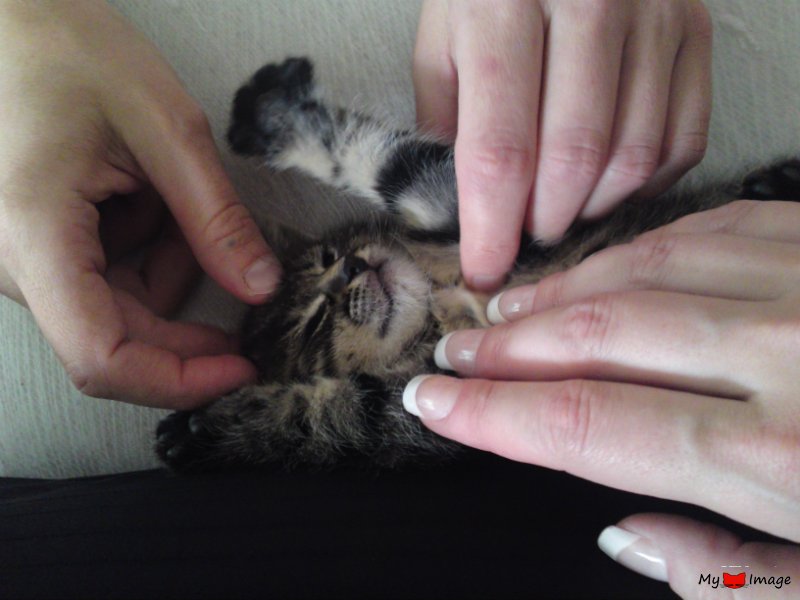
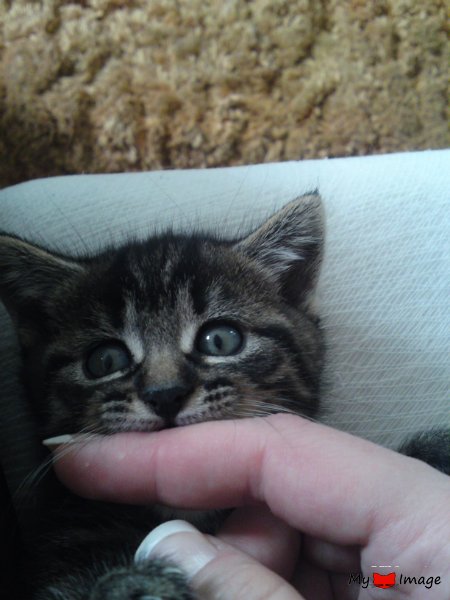
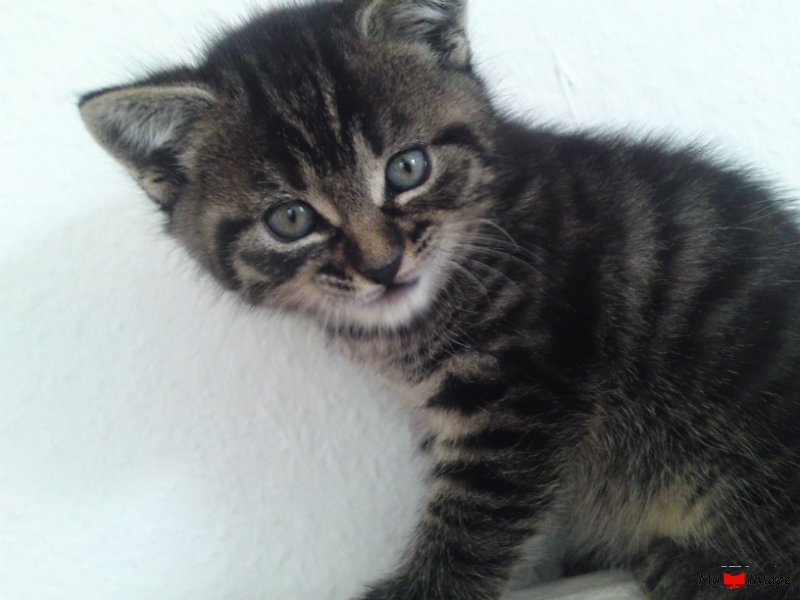
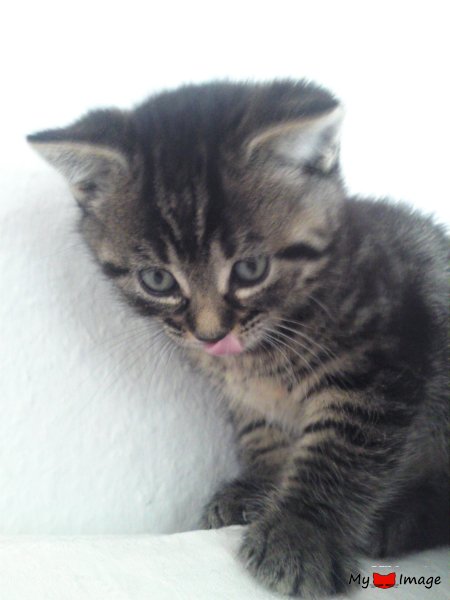
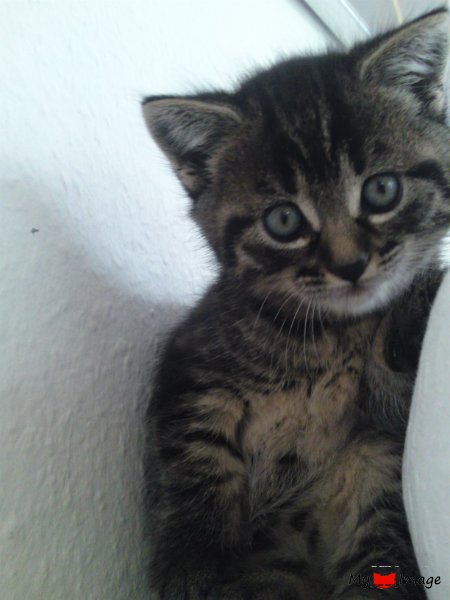
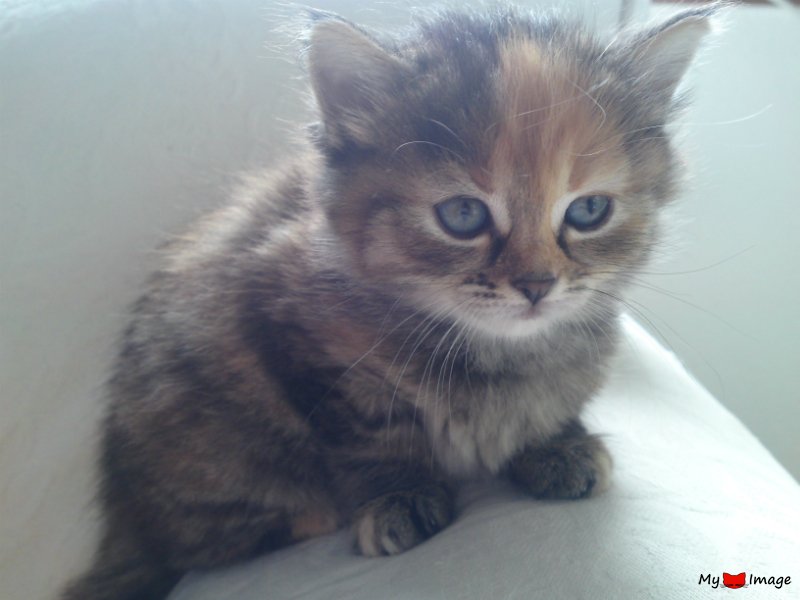
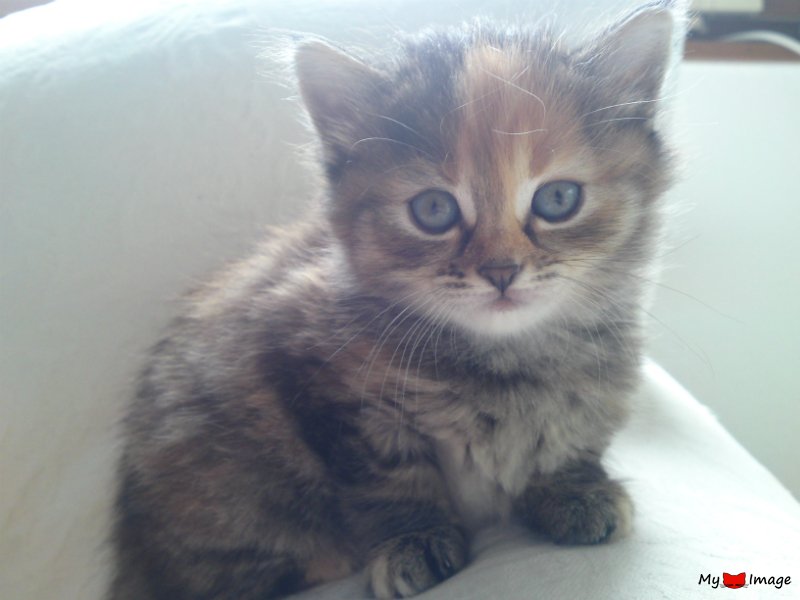
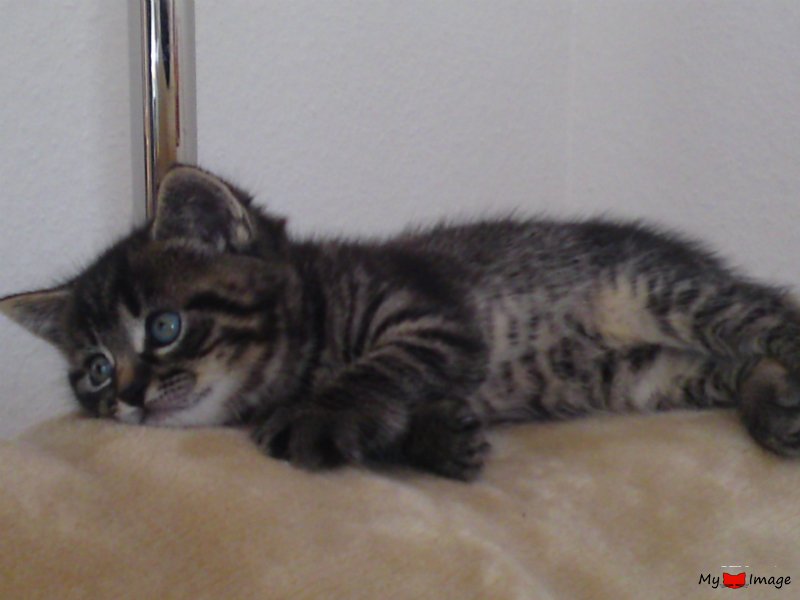
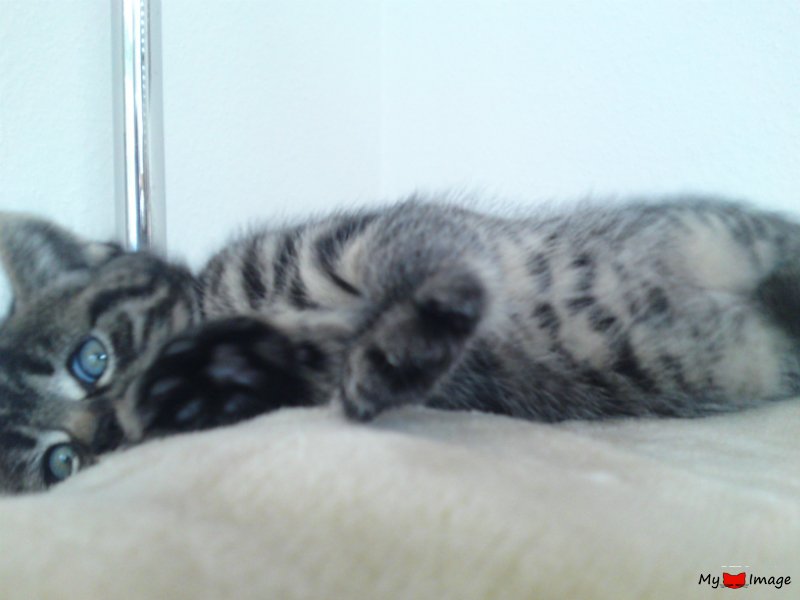
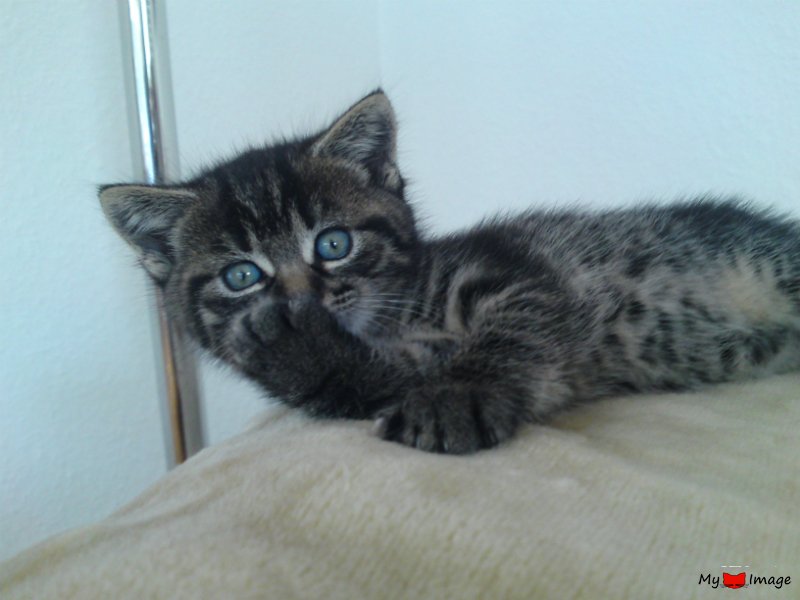
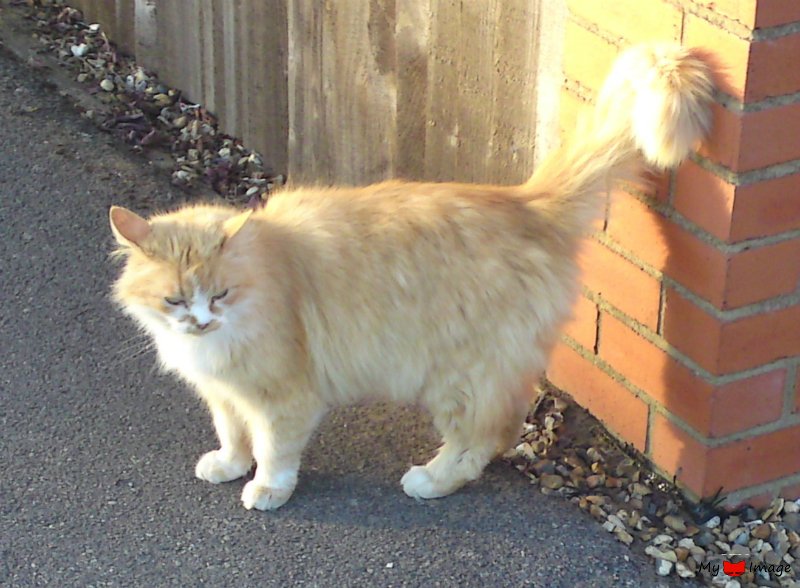
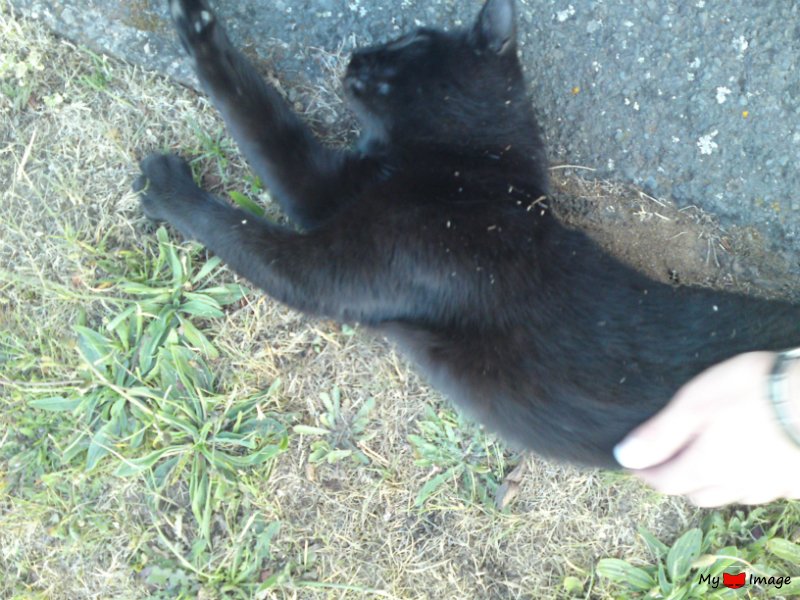
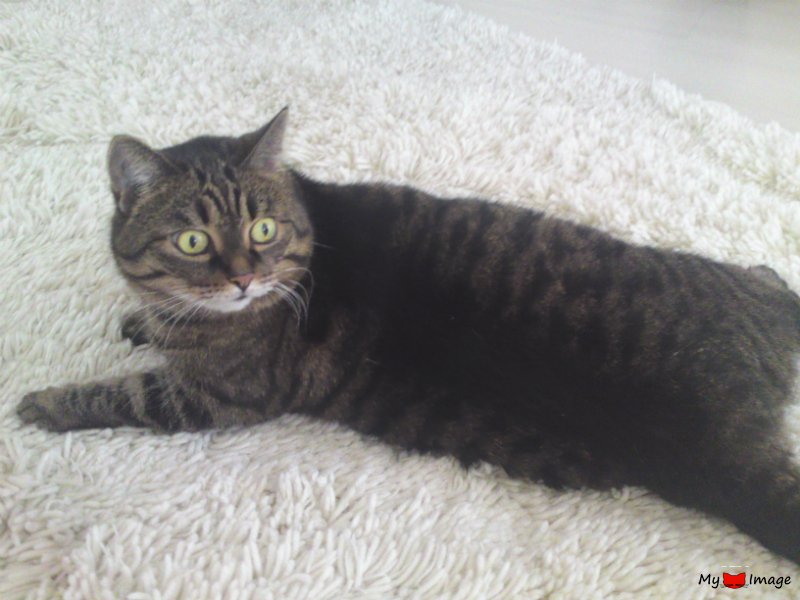


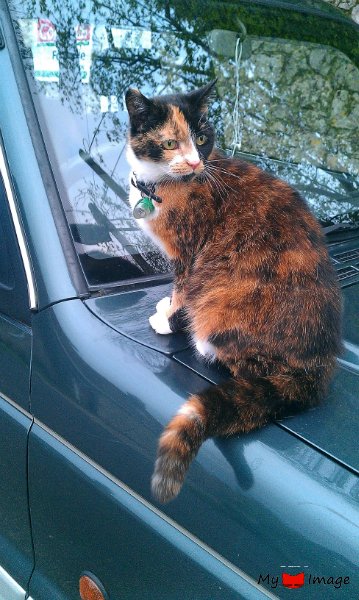

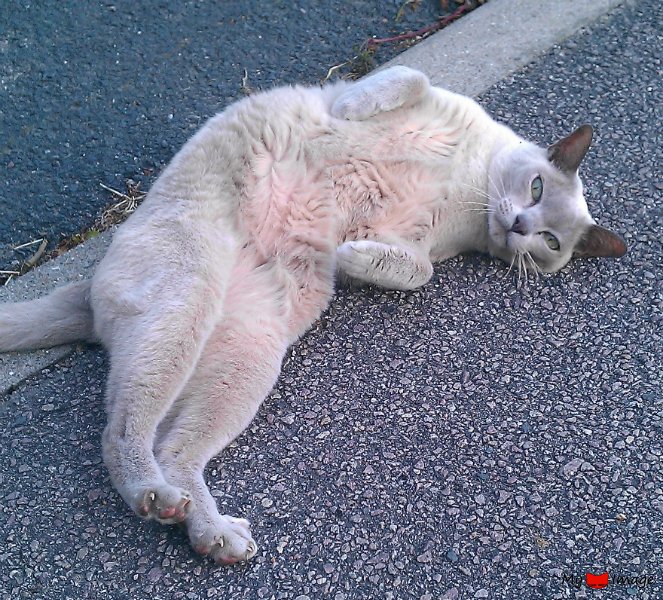

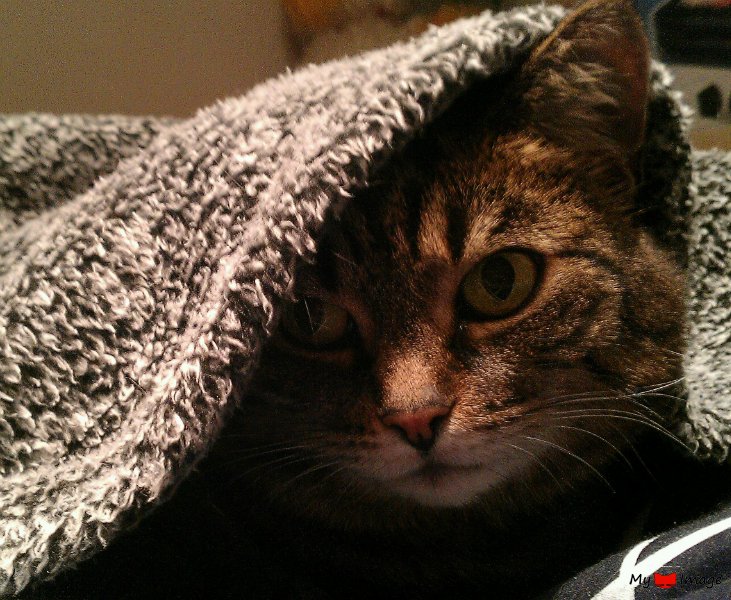
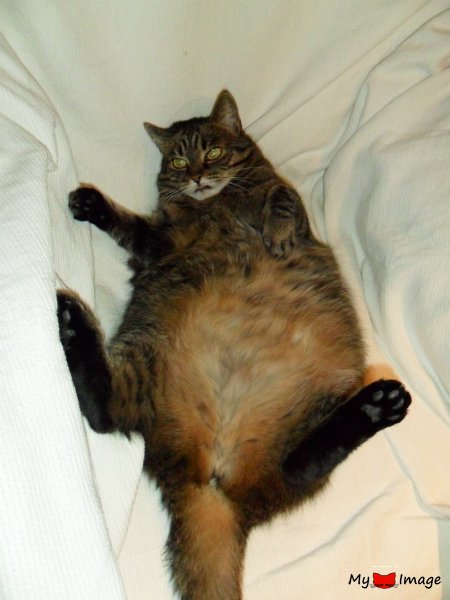


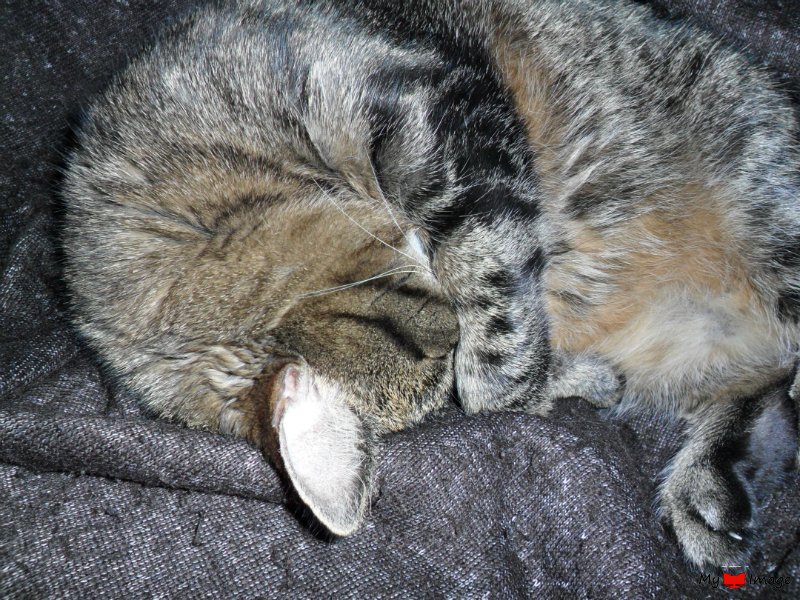

Trackbacks/Pingbacks